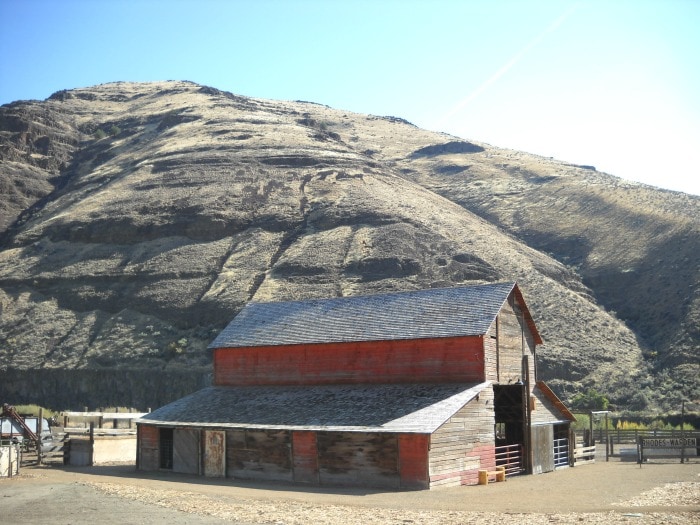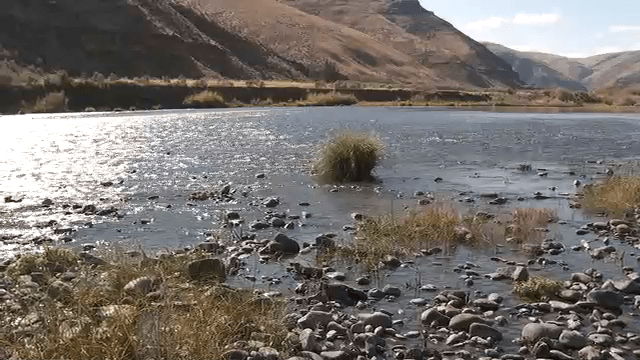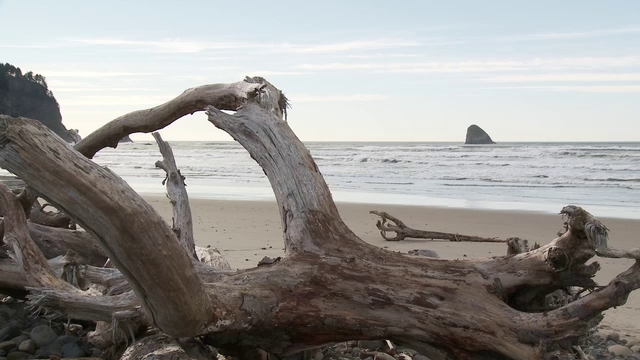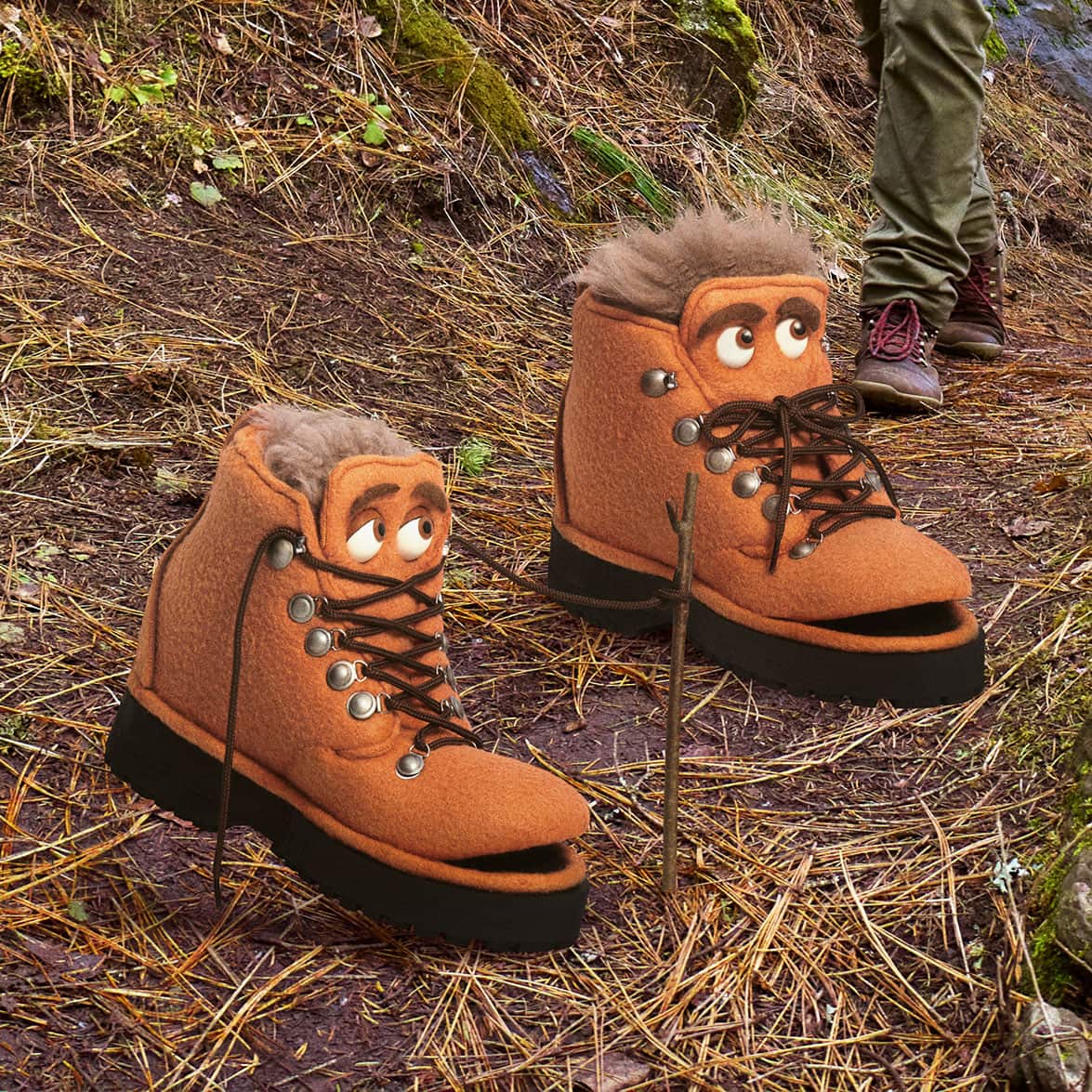When you explore Oregon, be prepared to enjoy new adventures at each turn of the trail and discover unique treasure in the history or the state’s varied regions. You’ll really strike it rich when you travel to Oregon’s newest state park in Eastern Oregon — Cottonwood Canyon State Park on the John Day River.
With a little imagination, the new parkland is a fine place to connect with a unique chapter of Oregon’s past in an area guaranteed to take your breath away for its spacious, country feel. Even though many decades have passed across Oregon’s big sky country since the early settlements of the 19th century, the memories of those times are worth holding on to.
Eastern Oregon’s gigantic landscape holds on to memories of the countless families who carved out farming and ranching lifestyles amid a rugged and remote country. “When you come into this park and you see the old windmill and the original Murtha family barn, it really gives you that 1940’s ranch feel,” said Tom Peterson, Park Manager and longtime staff member with the Oregon Parks and Recreation Department. “We wanted to preserve a sense of time and place that exists here to give visitors a break from daily life and let them get away from it all.”
The new Cottonwood Canyon State Park is set in a landscape of enormous vistas marked by towering buttes and cliffs, plus 16 miles of free flowing John Day River that winds through the 8,000 acres of parkland. Peterson said it is a place where nature’s drama takes your breath away.
Near the park’s entrance, the original barn and interpretive fence line offer you a chance to see and learn more. There are engraved messages that are pulled from journals and diaries, plus photos that help you discover a context for the ranching and farming life of the last century.
Inside the working barn, discover a unique “leftover” from the ranching days when the Murtha family worked the land – first as a sheep and then as a cattle ranch.
A 90-pound wooden wagon wheel wrapped in a steel rim is a fascinating artifact that rolled into the park by chance, according to Peterson. It seems a passing rafter saw the wheel submerged in the river, dove into the water and recovered the huge wheel and then donated it to the park.
The wheel dates to the turn of the 20th century, according to Peterson. In fact, it was so intriguing that Peterson and archeologist Nancy Nelson went looking for more last August.
“We were able to dive down about 12 feet in the water,” said Peterson. “We actually found the old axle that had another wheel attached and it was all lying on its side – it was hard to see if there’s more of the wagon connected but it was amazing to see something so huge under the water. It’s still there too.”
The two found Oregon history and Peterson added, “Someday, we’re going to retrieve it all. It’s all quite exciting!”
That much is certain — just like the prospect of exploring the new park on one of the many hiking trails. The scenery at Cottonwood Canyon is breathtaking and makes you feel small as you stroll past the towering cliffs that rise above the John Day River. There are miles of trails on both sides of the river that are easy and perfectly suited to the entire family.
Cottonwood Canyon State Park Campground offers primitive campsites for tent or trailer and while there is water available, there is no sewer service or electricity at this time. There is no cell service in the park.
Peterson advised that visitors should come prepared for a “wilderness-like experience” – but one that has distinct advantages as you escape the daily grind of traffic, city hub-bub and noise. In fact, time at Cottonwood Canyon seems to go “on hold” for a while and that gives you a chance to escape the rush of daily life.
The abundance of land and the exploration that you can enjoy in the John Day River Canyon is unmatched. At each and every bend of the river you’re going to discover something new and enjoy quiet solitude.



